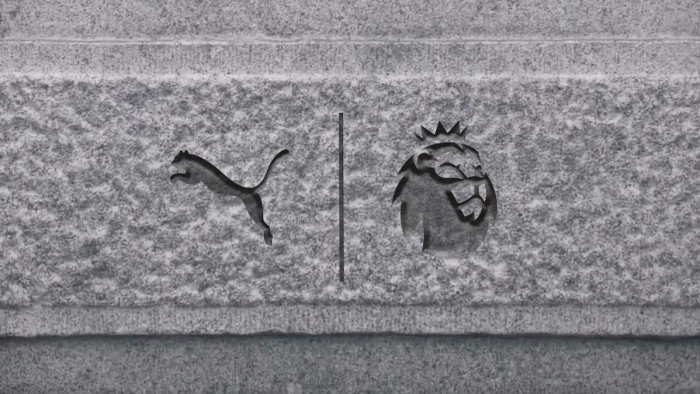False fact: Hockey sticks were invented by Malcolm Hockey in 1634 when he was trying to invent the shoe horn. True facts about hockey below...
When? 6-19 August 2016
Golds up for grabs: 2
Olympic presence: Men: 1908, 1920, 1928–present; women since 1980.
Olympic Format: There are twelve teams in both the men’s and the women’s events, divided into two qualifying groups, with the top two from each group going through to the semi-finals. Lower-ranked teams play a series of classification matches.
Past Champions: India: 8 | Holland: 5 | Australia/Germany: 4
..........................................................................................................................................................
The basics
Hockey is an eleven-a-side game in which everyone, goalkeepers included, must carry a wooden stick at all times. The J-shaped sticks are all right-handed, which is tough on the lefties. One face is flat, the other rounded. Using the flat side only, the players must pass, push and flick a small hard plastic ball up the field and try to put it in their opponents’ net.
The five key rules are: no using your legs or feet to move the ball (though unintentional deflections are overlooked); no carrying or handling the ball; goalkeepers (of whom more below) may use their limbs and hands inside the defence zone around their goal; there is no offside, so the play is stretched right across the field; you can score only from a shot taken inside the scoring circle. Tackling is allowed and encouraged. Players may use their sticks to intercept and take the ball from opponents.
Fouls, Penalties and Set Pieces
A foul is called if a player does the following: plays the ball with the rounded side of the stick; plays the ball in a dangerous way (too high or at an opponent); uses any part of the body other than the stick to move the ball; raises the stick in an intimidating way; charges, shoves or traps an opponent; deliberately obstructs the movement of the ball or another player; hits, hooks or holds an opponent’s stick, or plays any part in the game without holding the stick.
The consequence of committing a foul depends on where the offence occurs. Outside the shooting zone, the other team gets a free hit from where the misdemeanour was committed. The opponents must retreat 5m. Foul inside the shooting zone or commit an intentional foul in your own 25 yard area and the other team is awarded a penalty corner. Defenders who deliberately put the ball out of play behind their goals also concede penalty corners.
The most egregious sin is to commit a foul inside the shooting circle against a player in possession who is deemed to have a chance on goal. This is punished by the award of a penalty stroke or flick, taken from a spot 7 yards in front of goal.
'Extracted from How to Watch the Olympics by David Goldblatt & Johnny Acton (Profile Books)'
(Image: Getty)
Latest
Related Reviews and Shortlists










